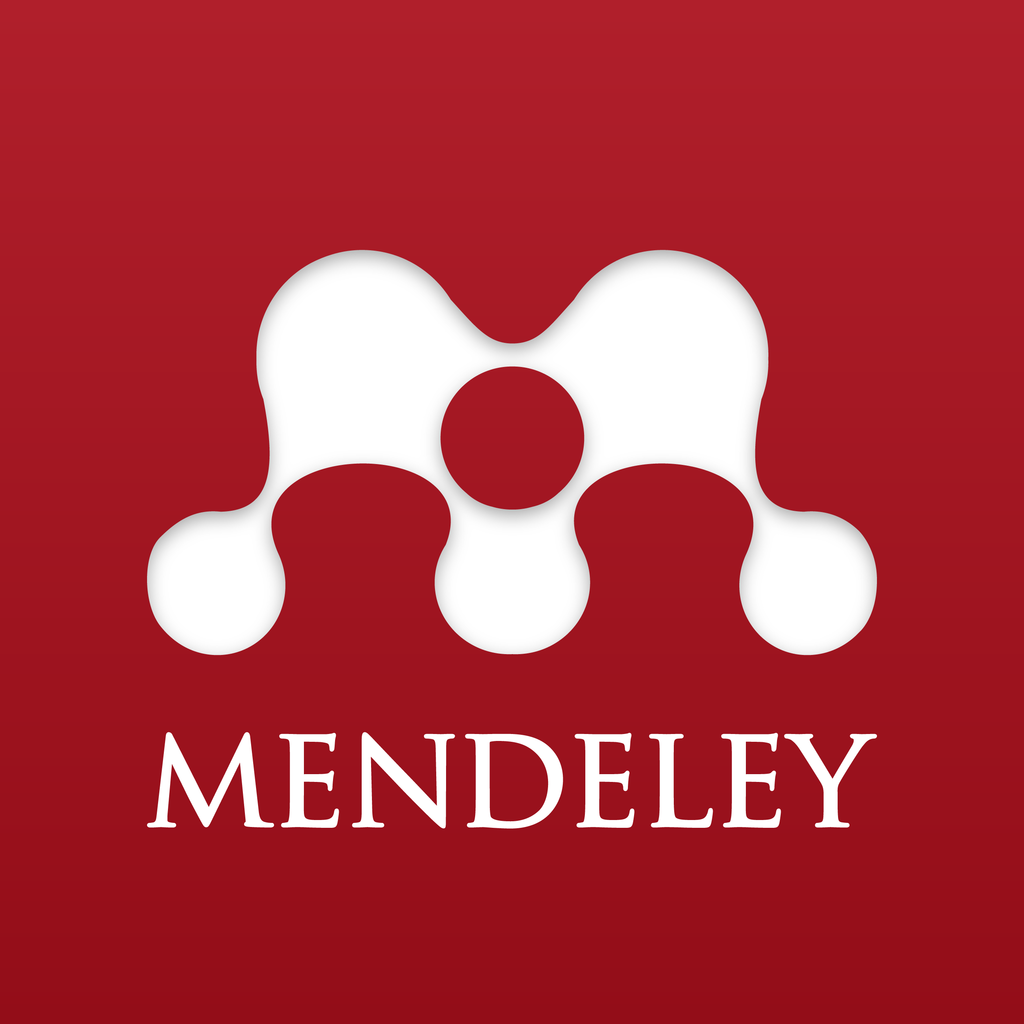The Effect of Using Music Classic (Mozart) towards Student Anxiety Before The Exams
Abstract
This research aimed to discover the level of anxiety in students before the exam and the effect of music classic (Mozart) to reduce such anxiety. The study was conducted at SMP Negeri 1 Ciruas with students with a high level of anxiety, which has been revealed from the results of the anxiety scale questionnaire using a purposive sampling technique with a total of 68 respondents. This research was used with an experimental method consisting of an experimental group and a control group. From the treatment, the results showed pre-test 12.55 in the high category and post-test 7.852 in the medium category. This shows changes in the results before and after the treatment is given. It can be concluded that the effect of the use of music (Mozart) can reduce student anxiety before the test.
Downloads
References
Adareth, T., & Purwoko Y. (2017). Musik klasik menurunkan tingkat stress mahasiswa yang akan menghadapi ujian. Jurnal Kedokteran Diponegoro, 6(2), 1269 - 1278. ISSN: 2540-8844
Annisa, D. F., & Ifdil. (2016). Konsep kecemasan (anxiety) pada lanjut usia. Konselor, 5(2), 93-99. ISSN: 1412-9760.
Arumsari, C., Nurkamilah, M., & Kuswita, Y. (2018). Efektifitas bimbingan kelompok untuk mendapatkan informasi kecemasan mahasiswa pendidikan teknologi informasi menghadapi ujian. Jurnal Produktif, 2(1), 30-36. ISSN: 2548-8082
Hyeon-gyeong (2014). A meta-analysis of the music therapy research to reduce stress Korean. Journal of Music Therapy, 16(1), 29-47.
Kurniawan, N. G. (2016). Efektifitas musik klasik (mozart) untuk menurunkan kejenuhan belajar siswa kelas XI SMAN 4 Yogyakarta. Jurnal Bimbingan dan Konseling, 5(7), 1-10. ISSN: 2580-6831
Melati, S. I, Suhadianto, & Pratikto, H. (2018). Efektivitas musik mozart untuk meningkatkan kreativitas verbal. Universitas 17 Agustus 1945. Persona: Jurnal Psikologi Indonesia. 7(1), 69-78. ISSN. 2301-5985
Nurlaila, S. (2011). Pelatihan efikasi diri untuk menurunkan kecemasan pada siswa-siswi yang akan menghadapi ujian akhir nasional. GUIDENA, 1(1), 1-22. DOI: http://dx.doi.org/10.24127/gdn.v1i1.348
Pranoto, H. (2017). Layanan bimbingan kelompok dalam mengurangi kecemasan peserta didik menghadapi ujian atau tes. Prosiding Seminar Nasional Pendidikan, 89-95. ISBN : 978-602-70313-2-6
Raharjayanti, Y. (2019). Dukungan sosial keluarga dan self efficacy siswa SMP dalam menghadapi ujian nasional. Jurnal Promkes: The Indonesian Journal of Health Promotion and Health Education, 7(2), 133-143. Doi: 10.20473/jpk.V7.I2.2019.133-143.
Risyadi, H. (2016). Penurunan tingkat kecemasan dalam menghadapi ujian semester melalui teknik desensitisasi sistematis pada siswa kelas X di SMAN 1 Pleret. Jurnal Riset Mahasiswa Bimbingan dan konseling, 5(2), 78-85.
Rizki, R. (2018). Perbedaan kecemasan matematika ditinjau dari pemberian musik klasik mozart. [Skripsi]. Fakultas Psikologi, Universitas Muhammadiyah Malang.
Rudiansyah, Amirullah, Yunus (2016). Upaya Guru dalam Mengatasi Kecemasan Siswa dalam Menghadapi Tes (pencapaian hasil belajar) Siswa di SMP Negeri 3 Banda Aceh. Jurnal Ilmiah Mahasiswa PPKn, 1(1), 96-109.
Saputra, W. N. (2017). Musik dan konseling: sebuah motivasi dengan mengintegrasikan seni kreatif dalam konseling. Prosiding Seminar Bimbingan dan Konseling. ISSN: 2579-9908
Sugiyono. (2012). Metode Penelitian Pendidikan Pendekatan Kuantitatif, Kualitatif, dan R&D. Bandung(ID): CV Alfabeta.
Supradewi, R. (2010). Otak, musik, dan proses belajar. Semarang. Buletin Psikologi, 18(2), 58-68. ISSN: 0854-7108
Yusa, A. (2012). Perbedaan kecemasan ditinjau dari locus of control pada warga binaan pemasyarakatan di rutan kelas 1 Surakarta. [Skripsi]. Fakultas Psikologi, Universitas Muhammadiyah Surakarta.
Yusuf, M., & Kunto, A. (2008). Metodelogi Penelitian Kuantitatif, Kualitatif, dan Penelitian Gabungan. Jakarta(ID): Prenadamedia Group.
Authors who publish with this journal agree to the following terms:
- Authors retain copyright and grant the journal right of first publication with the work simultaneously licensed under

This work is licensed under a Creative Commons Attribution 4.0 International License. that allows others to share the work with an acknowledgement of the work's authorship and initial publication in this journal. - Authors are able to enter into separate, additional contractual arrangements for the non-exclusive distribution of the journal's published version of the work (e.g., post it to an institutional repository or publish it in a book), with an acknowledgement of its initial publication in this journal.
- Authors are permitted and encouraged to post their work online (e.g., in institutional repositories or on their website) prior to and during the submission process, as it can lead to productive exchanges, as well as earlier and greater citation of published work (See The Effect of Open Access).



_001.png)



